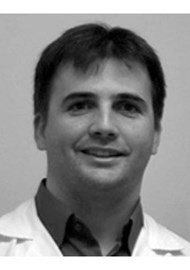The author of this study shows the long-term results of the Surgicel-wrapped diced cartilage, better known by rhinoplasty surgeons as the Turkish delight (TD) graft. The graft, originally described by the author of the article, was meant to be used as an augmentation graft for the nasal dorsum, able to provide an increase in dorsal height without the common disadvantages of the other techniques of dorsal onlay grafting with big pieces of septal, conchal or rib cartilage, such as graft visibility, warping or displacement. Since its first report, several modifications have appeared in the literature by different authors, with the most important being the substitution of the surgicel envelope by deep temporalis fascia or even fascia lata. Its ease of preparation, predictability of results and safeness have made it the first option for nasal dorsal augmentation for most facial plastic surgeons. This paper shows the long-term results of this graft in an astonishing 9398 patients operated by a single surgeon, some of them with a 25-year follow-up. A very low revision surgery rate, even in secondary cases, and a high overall patient satisfaction testify to the reliability of the TD graft. This is a very interesting article for nose surgeons.
Long-term outcome of the Turkish delight graft
Reviewed by Eduardo Morera Serna
Long-term results and refinement of the Turkish delight technique for primary and secondary rhinoplasty: 25 years of experience.
CONTRIBUTOR
Eduardo Morera Serna
Hospital Universitario Son Espases, Palma de Mallorca, Spain.
View Full Profile



